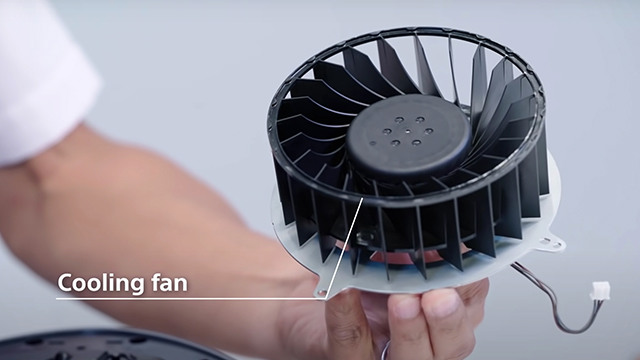Sony will optimize PS5 fan performance for individual games through software updates. Fucking bonkers!

It appears that Sony is ready to hear our prayers this generation. After years upon years of the PlayStation 4’s fan sounding like a jet engine, it seems the PlayStation 5 will be much, much quieter. It’ll be done through software updates, to optimize the fan’s performance for individual games.
The Verge:
Sony’s next-gen PlayStation 5 console has a massive internal cooling system composed of, among other things, a gigantic fan. But the device, a 120mm-wide and 45mm-thick double-sided intake fan, also has some smart software to power it, and that software will improve the fan’s performance over time based on data gathered from individual games, according to a new interview with Yasuhiro Ootori, Sony’s mechanical design chief in charge of the PS5, with Japanese language website 4Gamer.net.
Ootori was responsible for the refreshing teardown video Sony published earlier this month, showing off the entire console inside and out in a seven-minute video that revealed some telling new details about the mechanical design of the device. In the new interview, as translated by ResetEra user orzkare, Ootori points out that the fan will be controlled by the PS5’s Accelerated Processing Unit (APU), the custom AMD combined CPU / GPU chip that powers the console.
Sony’s double-sided intake fan on the PS5, which measures 120mm in diameter and 45mm thick. Screenshot by Nick Statt / The Verge
“Various games will be released in the future, and data on the APU’s behavior in each game will be collected,” Ootori says. “We have a plan to optimize the fan control based on this data.” Ootori explains that multiple temperature sensors are placed on the console’s main board to collect data while the APU runs any given game, and that data is what will allow Sony to optimize the fan going forward on a per-game basis.Ootori also reveals a pretty neat detail about the testing of the PS5’s cooling system, which involved making a transparent chassis and pumping the smoke from dry ice through to observe the effects on internal temperature.



